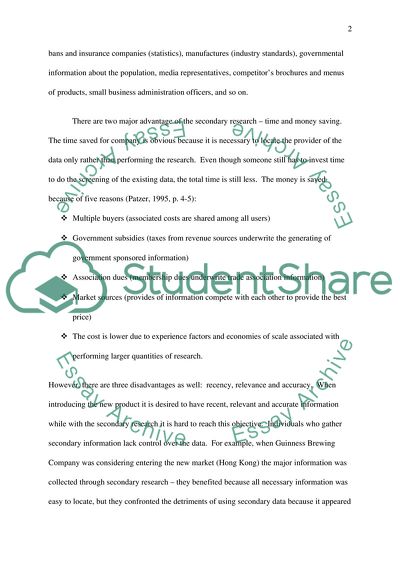Cite this document
(“Benefits And Drawbacks of Market Essay Example | Topics and Well Written Essays - 1500 words”, n.d.)
Retrieved from https://studentshare.org/marketing/1536183-benefits-and-drawbacks-of-market
Retrieved from https://studentshare.org/marketing/1536183-benefits-and-drawbacks-of-market
(Benefits And Drawbacks of Market Essay Example | Topics and Well Written Essays - 1500 Words)
https://studentshare.org/marketing/1536183-benefits-and-drawbacks-of-market.
https://studentshare.org/marketing/1536183-benefits-and-drawbacks-of-market.
“Benefits And Drawbacks of Market Essay Example | Topics and Well Written Essays - 1500 Words”, n.d. https://studentshare.org/marketing/1536183-benefits-and-drawbacks-of-market.


